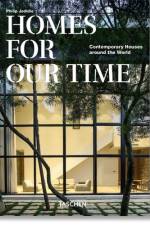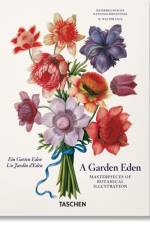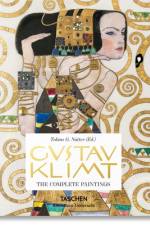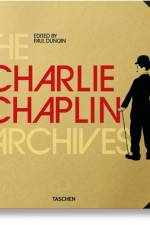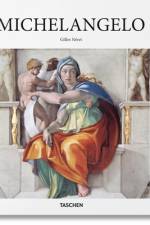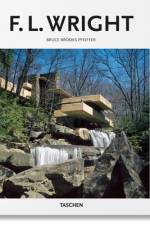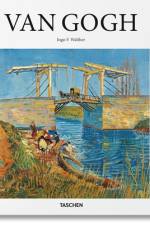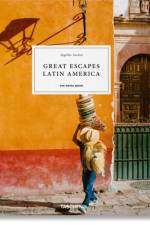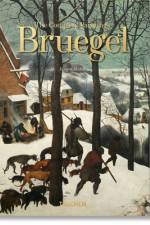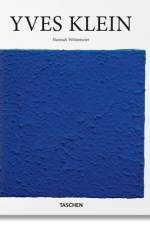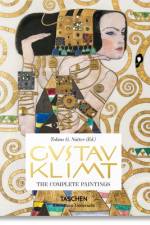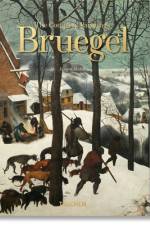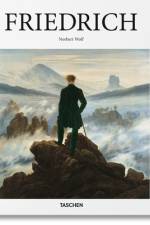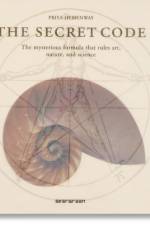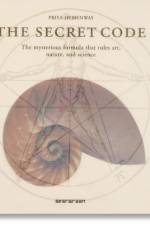av Paul Duncan
911
Within a year of arriving in Hollywood in 1914, British-born Charlie Chaplin had become the slapstick king of America. By the end of his second year on the silver screen, Chaplin's fame had spread worldwide. He was the first international film star and rapidly one of the richest men in the world, with a million dollar contract, his own studio and his stock company of close collaborators. From Alaska to Zimbabwe, the bowler hat, cane, baggy trousers and outsized shoes of the Tramp became, and remains, an instantly recognizable silhouette. With unrestricted access to the Chaplin archives, TASCHEN presents the ultimate book on the making of every one of his films. With 900 images, including stills, memos, storyboards and on-set photos, as well as interviews with Chaplin and his closest collaborators, it reveals the process behind the Chaplin genius, from the impromptu invention of early shots to the meticulous retakes and reworking of scenes and gags in his classic movies: The Kid (1921), The Gold Rush (1925), The Circus (1928), City Lights (1931), Modern Times (1936), and the provocative Hitler parody The Great Dictator (1940). The book includes: The Chaplin life history in words and pictures 900 images including many previously unseen stills, on-set photos, memos, documents, storyboards, posters, and designs, plus scripts and images for unmade films An oral history, told from the point of view of Chaplin himself, drawing upon his extensive writings, many of which have never been reprinted before. Supplementary interviews with some of his closest collaborators. Material from over 150 books of press clippings in Chaplin's archives, which range from his early days in music halls to his death Chaplin's short films, from Making a Living (1914) to The Pilgrim (1923), as well as all of his feature-length movies, from The Kid (1921) to A Countess from Hong Kong (1967) Images and documents from the Chaplin Archives, (c) and/or Property of The Roy Export Company Ltd., scanned by Cineteca di Bologna

